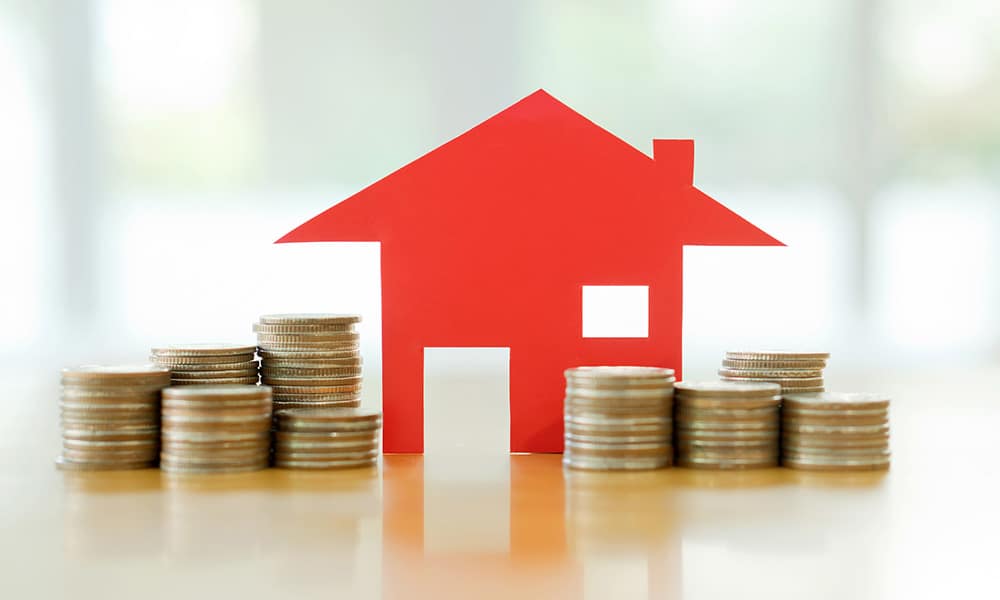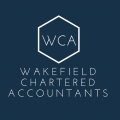Negative gearing is a heavily debated topic throughout the property industry and is often in the headlines at election time. As one of the major drawcards to investing in property, investors must factor it into their ongoing strategy.
Before exploring the negative gearing and depreciation relationship, let’s cover the essentials first.
What is negative gearing?
An investment property is negatively geared when the return, or rental income, is less than the property’s expenses. This essentially means that the investment property is making a loss.
Just like any other property expense such as interest repayments and insurance, the loss from a negatively geared property is deducted from the investor’s income.
What is depreciation?
Property depreciation is the natural wear and tear of a building’s structure and assets. Property investors can claim this as a tax deduction each financial year. A bonus of depreciation is that it’s a non-cash deduction, so investors don’t need to spend any money to claim it.
Depreciation can be claimed under two categories. The first being capital works deductions on the structural component such as walls, windows and sinks. The second category is plant and equipment deductions on the easily removable assets like carpet, ceiling fans and hot water systems.
The two broad categories mean that investors can claim depreciation on almost anything.
Benefits of negatively geared property
Many investors hold on to their negatively geared investment properties. Some even enter the market with the aim of having a negatively geared property.
But we know negative gearing means they are making a loss, so why would they want to do this?
The answer can be complex and there are many factors to be considered as everyone’s financial situation is different. However, there are two key benefits of negative gearing.
The first is long-term capital gain. Many investors hold onto their properties as part of a long-term wealth creation strategy. Their aim is to sell it in later years at a profit as the property market fluctuates, or to use the property to fund their retirement.
The second benefit is the reduction to taxable income. Property is a tangible asset and if it’s making a loss, it reduces the investor’s taxable income and they pay less tax. This can prove to be beneficial in the short-term and early stages of growing a portfolio.
Depreciation and negative gearing
Given that depreciation is a non-cash deduction, it can turn a positively geared property into a negatively geared one, without making a further cash loss. Let’s see how this works.
In practice: Depreciation and negative gearing
Kim earns $80,000 a year and pays approximately $17,500 in tax.
Kim receives $25,000 in rental income. Her property’s tax deductible expenses include interest repayments, maintenance costs, insurance, council rates and property management fees that come to $22,000 for the financial year. Her property is positively geared with a $3,000 return.
By including depreciation, Kim can claim capital works and plant and equipment deductions totalling $6,000 for the financial year. This changes the previously positively geared property to be negatively geared, with a $3,000 loss.
Kim’s tax liability decreases to approximately $16,500 rather than increasing to approximately $18,500 when positively geared.






